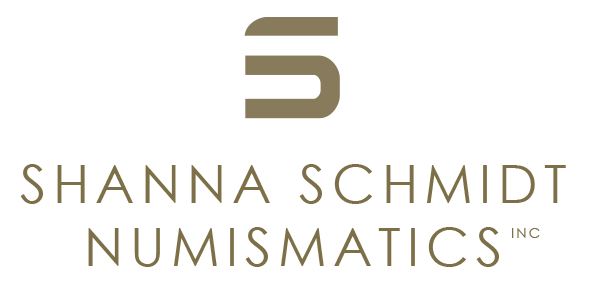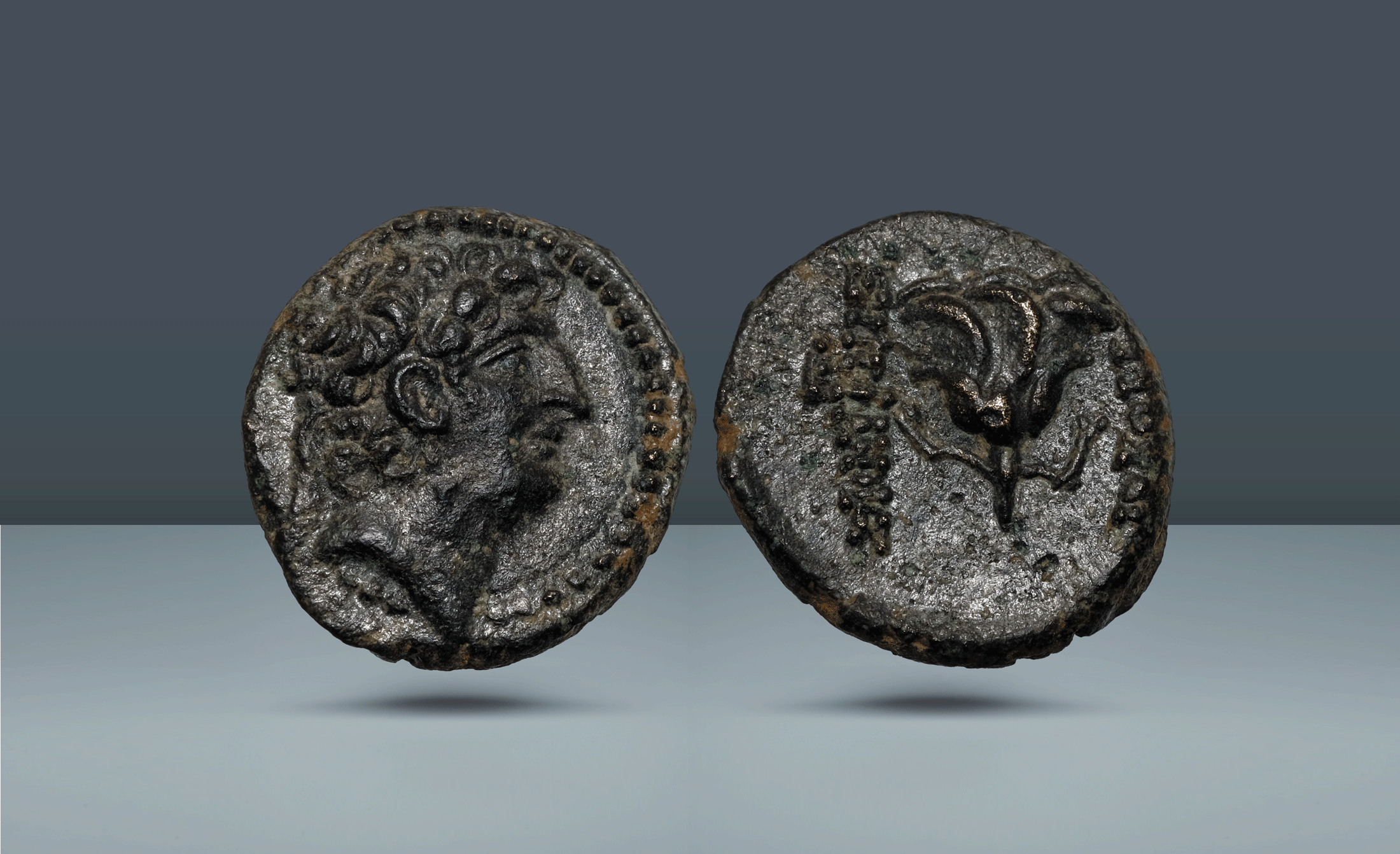Seleucid Empire, Syria. Antiochus VIII (Grypos), 121/0-97/6 BC, Antioch, c. 109-96 BC
Seleucid Empire, Syria. Antiochus VIII (Grypos), 121/0-97/6 BC, Antioch, c. 109-96 BC
AE 14, (14mm, 1h).
Diademed head of Antiochus VIII to r. / BAΣΙΛΕΩΣ ANTIOXOY EΠIΦANOYΣ Rose between monogram in l. and r. fields
References: SC 2316
Grade: Areas of roughness but a well struck portrait of Antiochus and in high relief. right reverse legend partially off flan. aEF
gk2042
Scroll down for more information about this coin.
This small bronze from Antioch belongs to the later issues of Antiochus VIII Grypos (“Hook-Nose”), one of the last effective rulers of the Seleucid Empire before its disintegration under internal strife and foreign pressure. Struck circa 109–96 BC, the obverse presents the diademed royal portrait-a key symbol of Hellenistic kingship-rendered in miniature but with enough detail to convey the idealized features of Grypos.
The reverse type of a rose flanked by monograms is a notable departure from the more common Seleucid anchor or Apollo types, reflecting either a specific civic emblem or a localized control mark tied to Antioch mint administration. The rose motif appears sporadically in Seleucid bronze coinage and may reference Rhodes’ maritime symbolism or a local adaptation of floral iconography for civic identity. This appears unlikely however as Rhodes’ diplomacy often aligned with Rome against Seleucid interests (notably in the Roman–Seleucid War against Antiochus III). A late-2nd-century Antiochene bronze carrying a rose is therefore unlikely to be proclaiming a Rhodian political partnership. The monograms in the fields likely identify magistrates or mint officials responsible for the issue.
This coin’s small module and modest weight are consistent with the broad diversification of Seleucid bronze denominations in the late 2nd century BC, a response to increasingly fragmented political control and the need for practical small change in urban markets.

